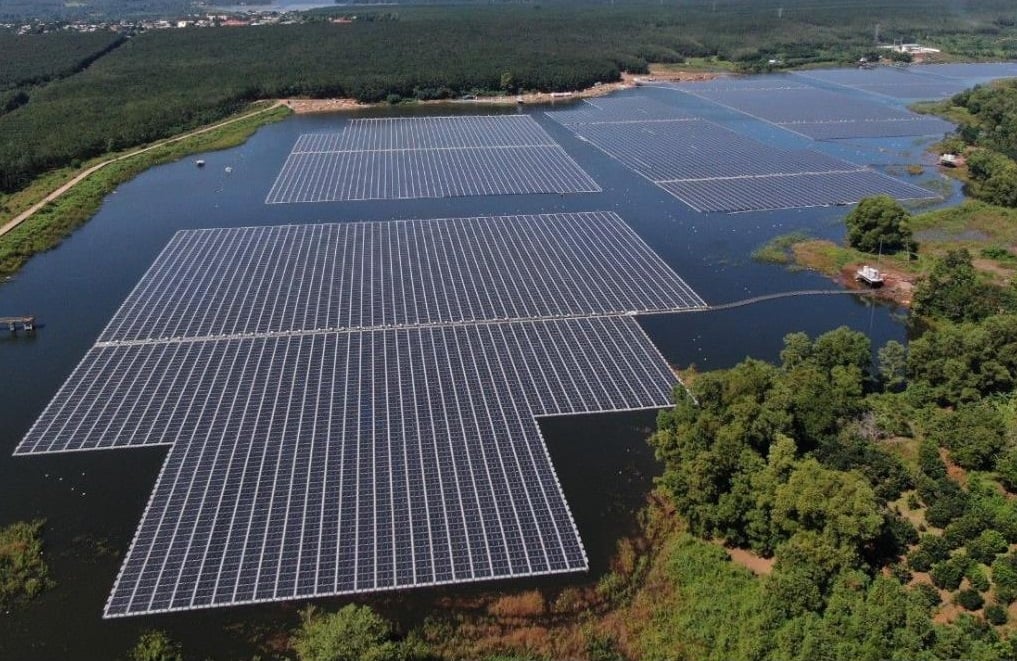

The Association of Southeast Asian Nations (ASEAN) will deploy 241 GW of solar photovoltaic power by 2030, this technology will lead to new capacity additions.
According to a report by the International Renewable Energy Agency (IRENA), countries in the ASEAN region could reach 2.4 TW of installed capacity by mid-century if they adopt a 100% renewable energy approach. In this scenario, by 2050, solar photovoltaic energy will account for 60% of renewable energy sources.
Regardless of the scenario analyzed in the report, from 34% to 100% renewable energy by 2050, solar photovoltaic panels will be the "standard source of carbon reduction in the PNV".
Between 2018 and 2020, the share of electricity produced from renewable energy sources installed in ASEAN member countries will increase from 28% to 33.5% due to the expansion of solar photovoltaic energy.
In terms of investment needs, the report states that between 2018 and 2050, more than $1.2 trillion in solar PV is needed to fully transition to renewable energy. At the end of this decade, it was 156,000 billion dollars.
Indonesia (24.18 GW), Vietnam (17.86 GW) and Thailand (11.15 GW) will lead the annual growth of solar PV systems and will be the only countries to install more than 10 GW per year by 2050. In In total, IRENA estimates that ASEAN countries will add 64 GW of solar PV per year by 2050.
Earlier this year, Vietnam said its solar energy target for this decade was "too high" largely because of grid constraints that are causing significant disruption to renewable energy deployment, and its government has set a lower target for the next decade than IRENA had expected. to for.
IRENA Executive Director Francesco La Camera said: “As the region adopts ever-increasing climate targets, planning, including net zero commitments, must start now. While ASEAN has short-term targets for renewable energy, the region needs to think and plan for the long term. ".
In addition, solar PV plants in the region are located in Sumatra, Nusa Tenggara in Indonesia, Vietnam, Thailand and the Philippines. These three countries, along with Indonesia's Java-Bali, demand the most electricity in ASEAN.
Just two Indonesian islands will import more than 1,000 TWh of 100% renewable energy by 2050, tripling the UK's electricity demand by 2021.
This will inject around $200 billion into energy networks across the region in the near future, increasing distribution both nationally and internationally and enabling better integration of renewable energy.
In terms of land scarcity, Singapore is one of the countries most dependent on renewable energy imports, and the city's government plans to import 4 GW of low-carbon electricity by 2035.
According to IRENA, many ASEAN countries have large reserves of mineral resources for renewable technologies and need policies to support manufacturing industries to achieve GWh of solar PV and battery capacity.


